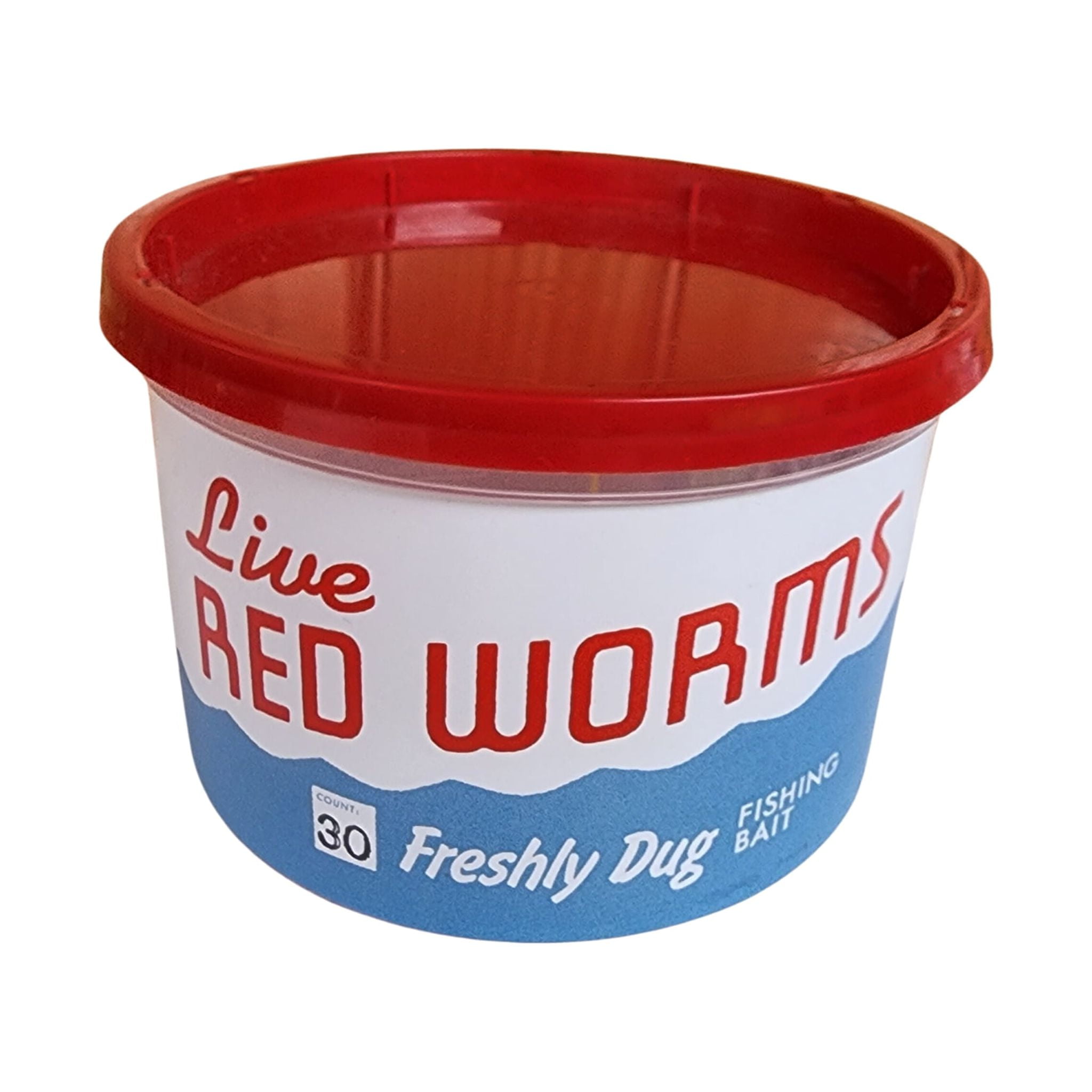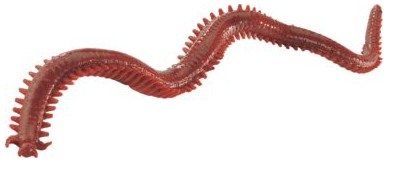Rumored Buzz on Where To Find Red Wigglers
Rumored Buzz on Where To Find Red Wigglers
Blog Article
Indicators on Where To Find Red Wigglers You Should Know
Table of ContentsGet This Report about Where To Find Red WigglersThe Ultimate Guide To Where To Find Red WigglersThe Only Guide for Where To Find Red WigglersRumored Buzz on Where To Find Red WigglersWhere To Find Red Wigglers Things To Know Before You BuyExcitement About Where To Find Red Wigglers
For finest outcomes, you intend to strive concerning 60-70% dampness level. The most basic test for this is to press a handful as hard as you can. At the ideal wetness levels which is just under 70% that handful should barely generate one decrease of liquid. pH in a worm bin is quite simple to preserve.
The Indian Blue is voracious, however additionally chooses a warmer environment and it additionally shows a propensity to leave the bin. The red wiggler is a durable worm and isn't as picky regarding its environment. I like to call it the Ford Taurus of vermicomposting worms; you will not brag to your hardcore composting buddies that you possess them, yet they will serve you well.
Like any other lure, a worm's effectiveness has come to rely on its presentation. H.G. "Tap" Tapply underscored this point virtually a half century earlier in one of his Area & Stream columns. "A worm is such an unformed animal," he created, "there doesn't seem to be really much an angler can do with it except stab it on a hook and throw it into the water." As Tap showed, an angler can do a good deal to make a worm more attractive.
Some Known Questions About Where To Find Red Wigglers.
I think you will as well if you attempt them. The smaller sized the trout stream, the much better worms job is an axiom that hasn't transformed in the 100-plus years given that Perry wrote his write-up. Fishermens of his period simply stuck their weak fishing pole via alder tangles and went down a weighted worm right into a deep opening.
Morning is prime feeding time, and the weightless lure's slow-moving descent leaves 5 inches of squirming protein completely sight for a long time. After you have actually made the actors, keep the bail open and placed the pole in a forked stick. The line will diminish the rod in slow loops as the worm resolves, yet more often than not the slow loopholes will certainly end up being a blur, and the morning will suddenly get rather interesting.
You can fish deep and cover a great deal of territory, and the crawler seems to be the best touch for this transitional time, when the smallmouths have yet to secure on to a favored forage. Dark jigsblack, brown, and purpleseem to match the nightcrawler's shade. I normally make use of a whole 'spider, choose marabou clothing, and drop the pole for two or three secs when I obtain a hit.
And differentiating bottom from a bite can be tough. The trick is to alleviate the pole back to the strike (possibly a foot) and really feel for life at the end of the tightening line. If it's there, set the hook with a sweep as opposed to a jerk. As soon as in a while you'll locate on your own hooked to those slow-moving, passionate yanks, and feel the weight of a wonderful walleye.
The Facts About Where To Find Red Wigglers Uncovered
When the heavy walleyes carry on to the big-water shoals in the late summertime, try going after them with a bucktail jig and a 1-inch pinch of nightcrawler. The lure covers the hook point, disperses weeds, and uses a taste of visit the website victim. With absolutely nothing dangling or flapping, it stays secure regardless of present, casts, or ambitious panfish.
Whether you're wading or angling from a watercraft, wandering worms is one of the wonderful searching approaches for larger rivers. For trout, a spade-dug, 4-inch yard worm is the ideal dimension; for bass, walleyes, and steelhead, a nightcrawler might be a much better option. The key is to drift the lure via feeding and holding locations since fish in current are not mosting likely to go after down the lure, as they may in still water.
Fish the transitions: mouths of tributaries, bank-side slicks, and the check my site sides of large swimming pools. His adage uses to any type of number of angling maneuvers, including the issue of adding a piece of worm to a damp fly.

Where To Find Red Wigglers - An Overview
Add a few hundred worms and feed them two times a week. Maintain the bed linens damp but not wet. On the menu: lettuce, fruit and veggie waste, and the occasional nongreasy surplus.
Simply like veggie scraps, you can take your used coffee grounds and add them to a worm box. Worms like eating coffee premises.
When the heavy walleyes proceed to the big-water shoals in the late summer season, attempt going after them with a bucktail jig and a 1-inch pinch of nightcrawler. The bait covers the hook point, deflects weeds, and provides a taste of victim. With nothing dangling or flapping, it continues to be secure regardless of present, casts, or enthusiastic panfish.
Some Of Where To Find Red Wigglers
Whether you're wading or angling from a watercraft, drifting worms is one of the wonderful browsing approaches for larger rivers. Where To Find Red Wigglers. For trout, a spade-dug, 4-inch garden worm is the right dimension; for bass, walleyes, and steelhead, a nightcrawler might be a better option. The key is to wander the bait via feeding and holding locations due to the fact that fish in existing are not mosting likely to chase after down the bait, as they could in still water
Fish the shifts: mouths of tributaries, bank-side slicks, and the edges of large swimming pools. His adage applies to any number of angling maneuvers, including the matter of including a piece of worm to a wet fly.
Increasing your very own lure indicates you can slide out of the residence and hit the pond before Mom comes homejust like in the old days. Here's just how to keep a worm box: Cut a sheet of CDX-grade plywood, which is made with water-resistant glues, to your dimensions. Accomplish with each other and drill a loads 12-inch openings in all-time low for drainage.
6 Simple Techniques For Where To Find Red Wigglers
Load it with shredded newspaper, leaves, peat moss, and dirt. Moisten gently. Cover and allow sit for a week. Include a couple of hundred worms and feed them 2 times a week. Keep the bedding damp however not wet. On the menu: lettuce, vegetables and fruit waste, and the occasional nongreasy extra.
Simply like veggie scraps, you can take your used coffee grounds and add them to a worm box. Worms love eating coffee grounds. With the right conditions and moist, healthy and balanced dirt, worms can stay in a pail of dust for around three weeks. Shop out of direct sunshine and maintain a temperature in between 50 and 80 degrees.
Report this page